The Telangana board is about to take its final exams for inter year 1-2 for year 2022. As such, you must be anxious to tick off all the items off the TSBIE botany & zoology practical syllabus. Therefore we are presenting here the practical curriculum in an easily understandable format for use by all students and teachers of the TS board inter level.
The TSBIE botany and zoology practical syllabus is pretty large and sometimes not all schools are prepared to finish off all of this. This could be a problem to people who would like to choose biosciences as their future career, since all of these experiments and observations pertain to skills that would be mandatory in that pathway. Don’t worry, Labkafe Lab Tutorials can help you out. Contact us to find more information. And not, without further ado, let’s launch into the curriculum itself.
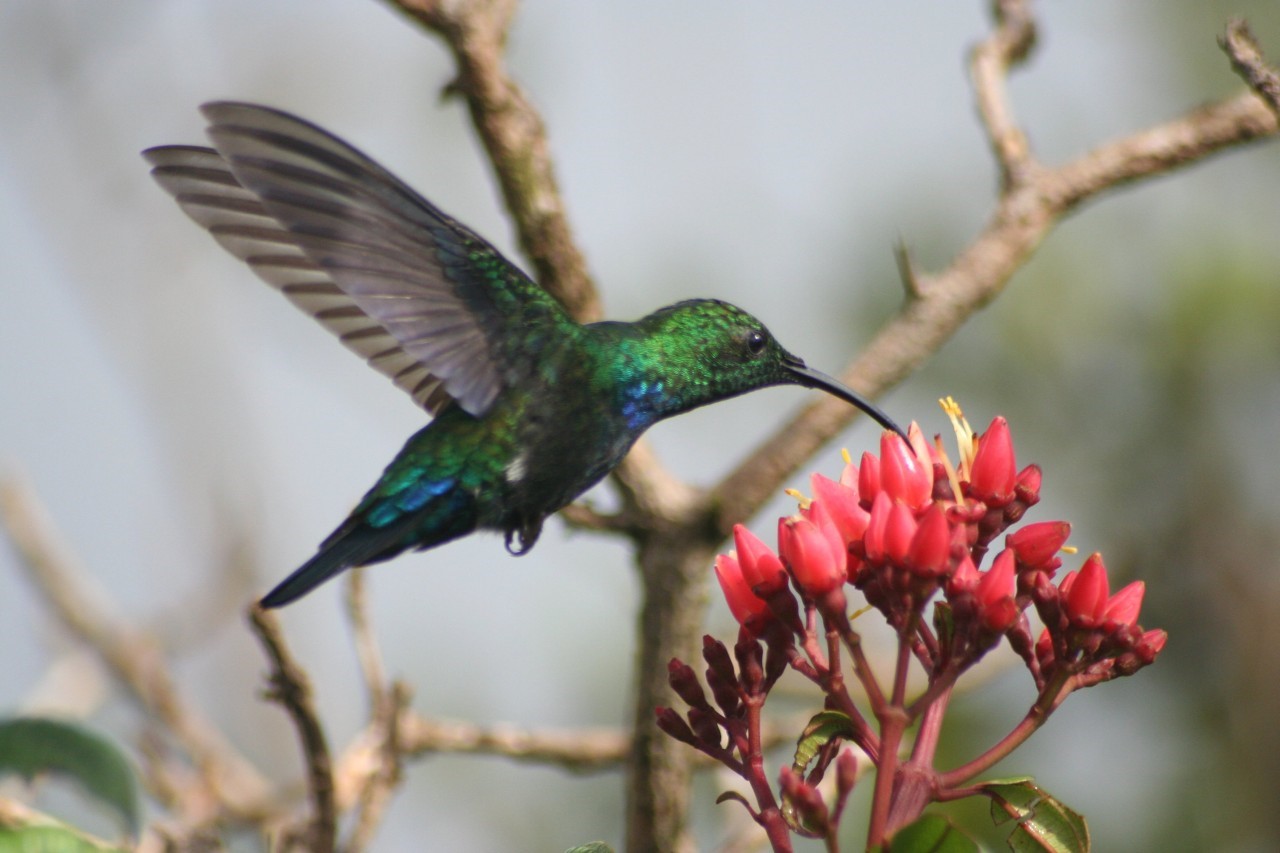
TSBIE Botany Practical for Inter Year 1
- Learn how a standard compound microscope works and how to operate it, including the function of all its parts.
- Learn to identify different types of bacteria, fungi, and plant groups with one representative sample model or slide. Also study their morphology.
- Study different types of special inflorescence in plants.
- Externally study the reproductive organs of three commonly available flowers.
- Experiment: observe pollen germination under a microscope for different flowers, and calculate the average percentage of pollen germination.
- Use prepared slides to study the growth of pollen tubes on stigma.
- Dissect and observe how the female gametophyte develops gradually in the ovary of a commonly available flower.
- Learn how to prepare herbarium sheets of at least three commonly available flowering plants.
- Learn to identify with reasons these families:
- Solanaceae
- Liliaceae
- Fabaceae
- Study the anatomy and morphology of the following:
- Monocot root and stem
- Dicot root and stem
- Observe and learn to identify the different modifications of root, leaf, and stem.
- Use prepared permanent slides to study the stages of meiosis in plant cells.
- Use temporary slides prepared by teacher/lab instructor to study mitosis in onion root tip cells.
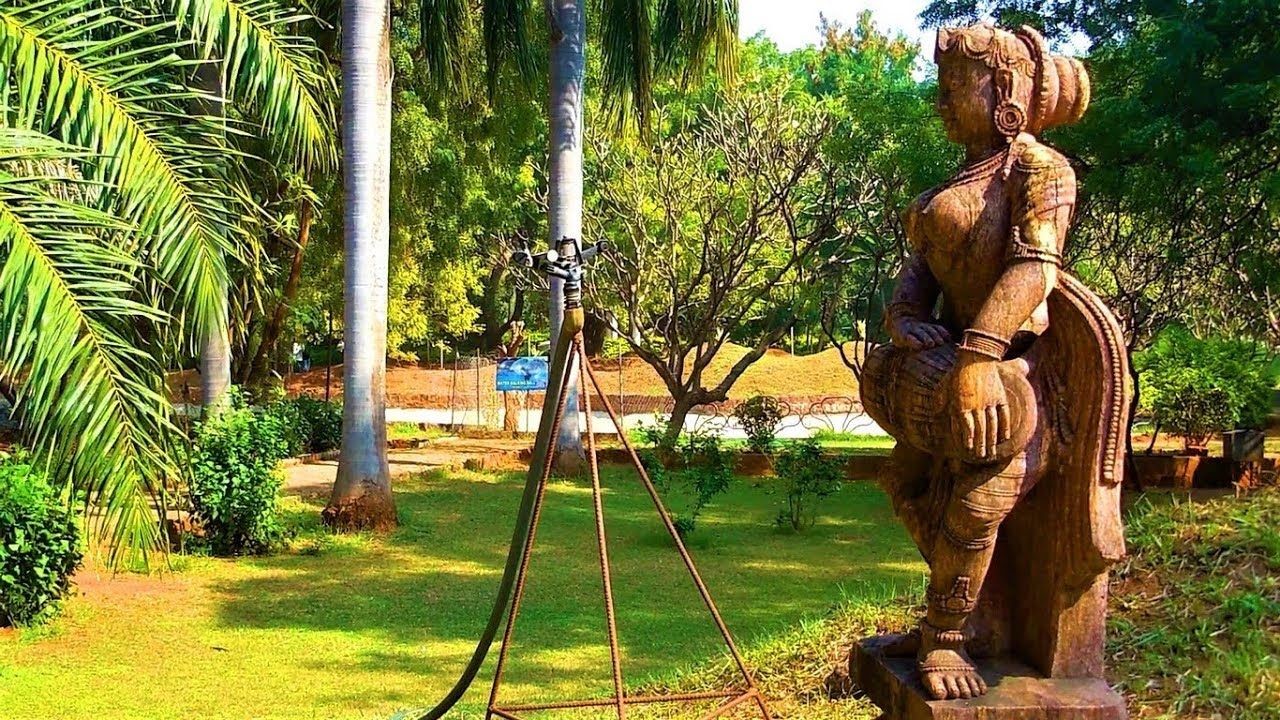
TSBIE Botany Practical for Inter Year 2
Part 1
Students will perform these experiments and observations themselves, the teacher or lab instructor will only instruct and examine.
- Paper chromatography experiment ‒ separate chlorophyll pigments from the extract of a common leaf.
- Prepare and mount the following samples on a microscope and observe:
- Monocot root and stem
- Dicot root and stem
- Potato osmoscope experiment ‒ study of rate of osmosis.
- Plasmolysis experiment in epidermal peels.
- Transpiration experiment ‒ compare and study the rates of transpiration in the upper and lower surface of a common leaf (using Cobalt chloride).
- Count plant population and plant frequency by the quadrant method.
Part 2
The teacher or lab instructor will set up and perform these experiments, the students will only observe, take notes, and comment.
- Studying how stomata are distributed in the upper and lower surface of a common leaf.
- Aerobic respiration experiment in plant tissue and germinating seeds.
- Study and reflect on the following experimental setup:
- Anaerobic respiration
- Phototropism
- Apical bud removal
- Imbibition of seeds
- Demonstrate how suction is created due to transpirational pull.
- Activity on the full-cycle controlled pollination ‒ emasculation of male parts from the selected plant, custom pollination, bagging the custom-pollinated flowers, and tagging.
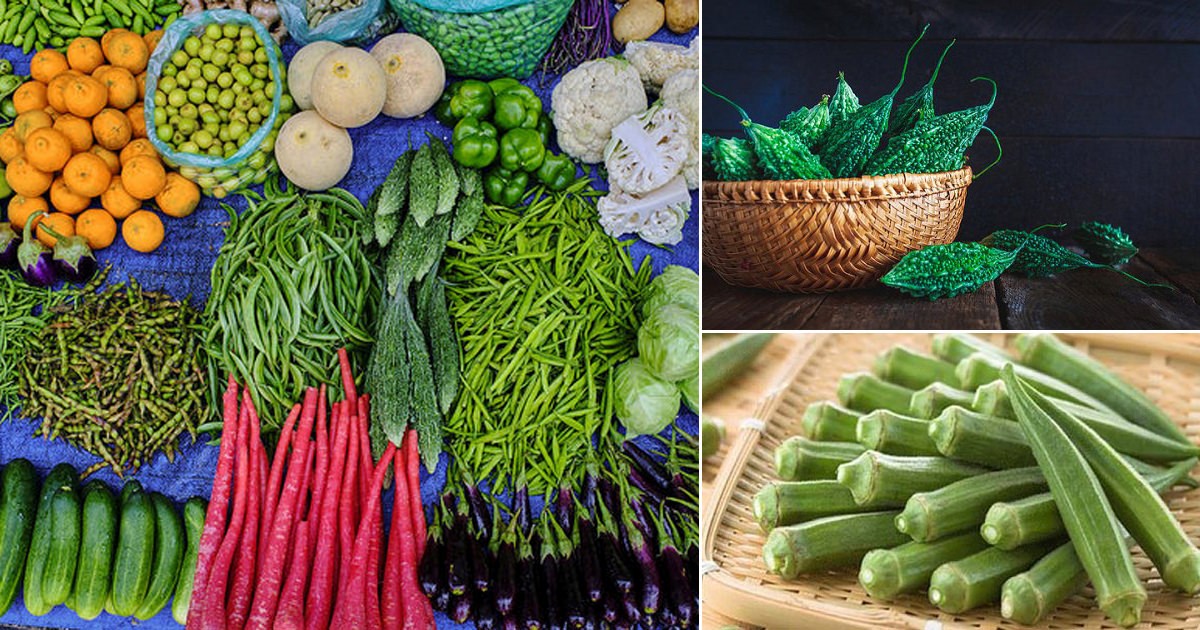
TSBIE Zoology Practical for Inter Year 1
- Learn how a standard compound microscope works and how to operate it, including the function of all its parts.
- Study the following prepared permanent slides and learn to identify the specimen with reasons for classification:
- Invertebrates slides: amoeba, euglena, paramecium, hydra, liver fluke
- Histological slides: squamous epithelium, columnar epithelium, transverse section of cartilage and bone, blood smear of mammals, strained and unstrained muscles
- Study the following specimens by real/virtual models (as available) and learn to identify with reasons given for classification:
- Invertebrates: euspongia, aurelia, metridium, taenia solium, ascaris (male & female), nereis, leech, earth worm, scolopendra, julus, palaemon, araenia, palamnaeus, unio, silk moth and worm, honey bee, pila, asterius
- Study with printed charts or models of the following dissections (no live dissection, student has to draw diagram):
- Digestive system of earthworm
- Nervous system of earthworm
- Spermatheca of earthworm
- Study with prepared permanent slides of the following and identify with reasons given for classification:
- Mouth parts of cockroach
- Digestive system of cockroach
- Nervous system of cockroach
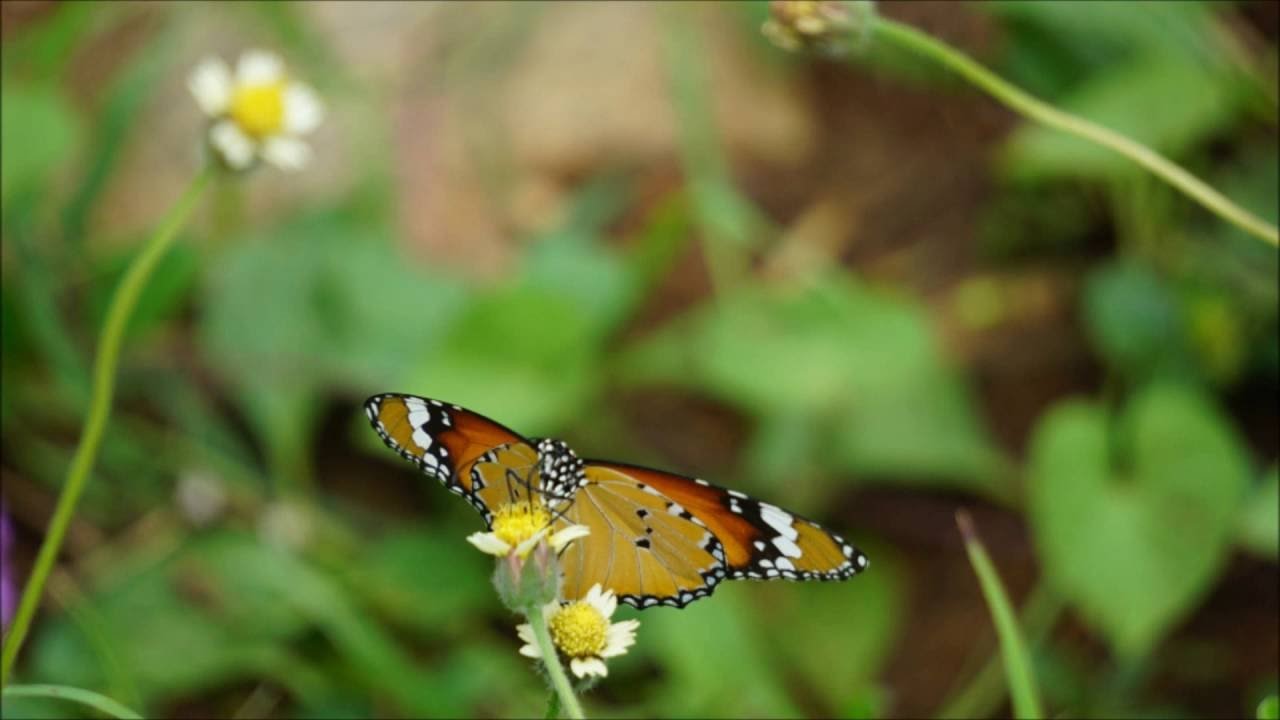
TSBIE Zoology Practical for Inter Year 2
- Study the following vertebrate (mammal) body parts with prepared permanent slides:
- Transverse section of stomach
- Transverse section of intestine
- Transverse section of liver
- Transverse section of pancreas
- Longitudinal section of kidney
- Transverse section of testis
- Transverse section of ovary
- Study the following vertebrates using specimen real or virtual models and learn to identify with reasons for classification:
- Shark, rohu, catla, labeo, frog, sea snake, naja naja, viper, pigeon, rabbit
- Study with dissectable models the following parts of human body:
- Arterial system
- Venous system
- Urinogenital system
- Physiological experiments:
- Digestion of starch by salivary amylase at different temperatures.
- Detect the presence of glucose in a given blood or urine sample.
- Detect the presence of starch in a given blood or urine sample.
- Detect the presence of albumin in a given blood or urine sample.
- Detect the presence of lipids/fats in a given blood or urine sample.
- Learn to identify and study the various joints in a human body using a model skeleton:
- Ball and socket joint
- Hinge joint
- Pivot joint
- Gliding joint
- Study and identification with various unlabelled dissectable models or unlabelled charts of a human body.
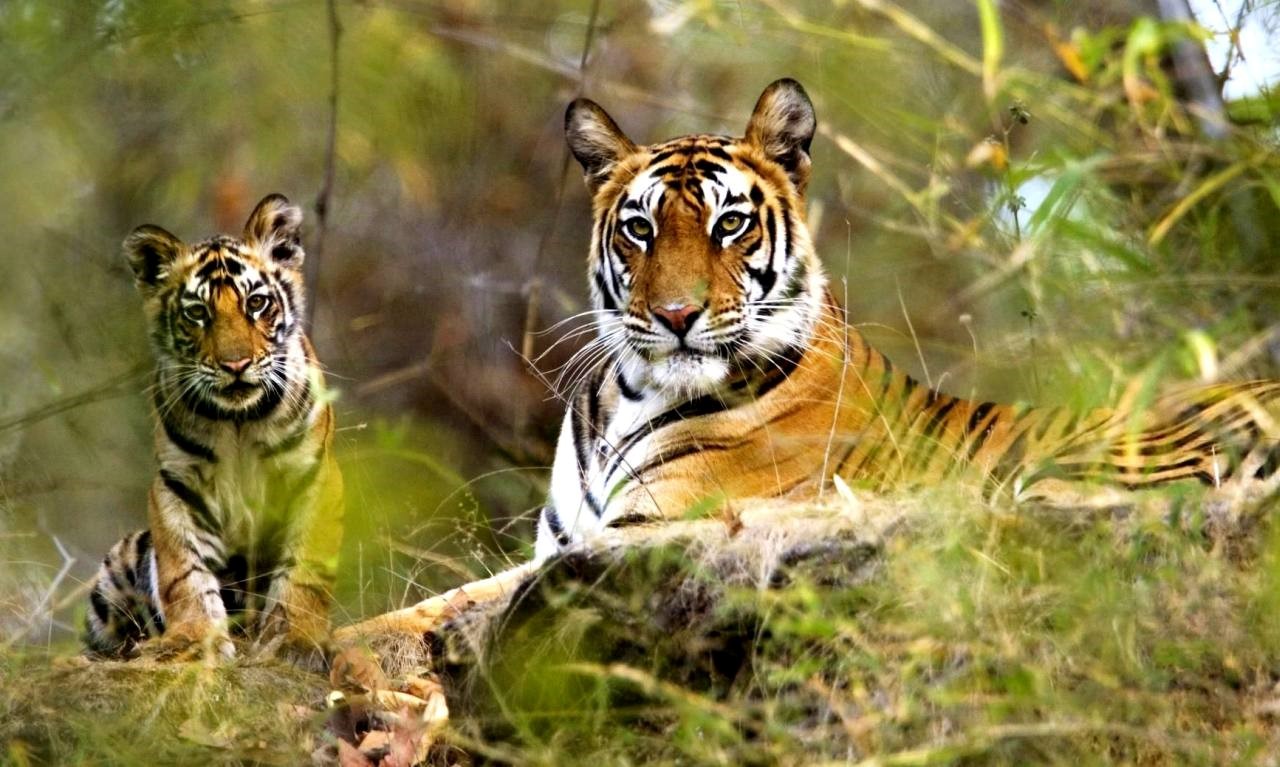
How To Perform Telangana Board Botany & Zoology Practicals
To be sure, the above syllabus is quite large and difficult for those who do not have a natural affinity for biology subjects. But you know, everything is easy with the right tools. To do the Telangana board zoology and botany practicals, all you need is a good wet lab furniture setup (workbenches with reagent racks and sinks), and a proper lab equipment package.
To that end, you can use Labkafe’s TSBIE Botany & Zoology Lab Package for your TS board inter level school. This lab package has all the necessary goodies you need to perform those experiments and observations, like lab equipment, lab apparatus, lab glassware, lab machines, and support items and consumables like reagents and chemicals. This package is preconfigured to meet the affiliation requirements of TSBIE, and it is flexible to meet your needs as well. Call labkafe today to know more about the TSBIE botany and zoology lab practical package.
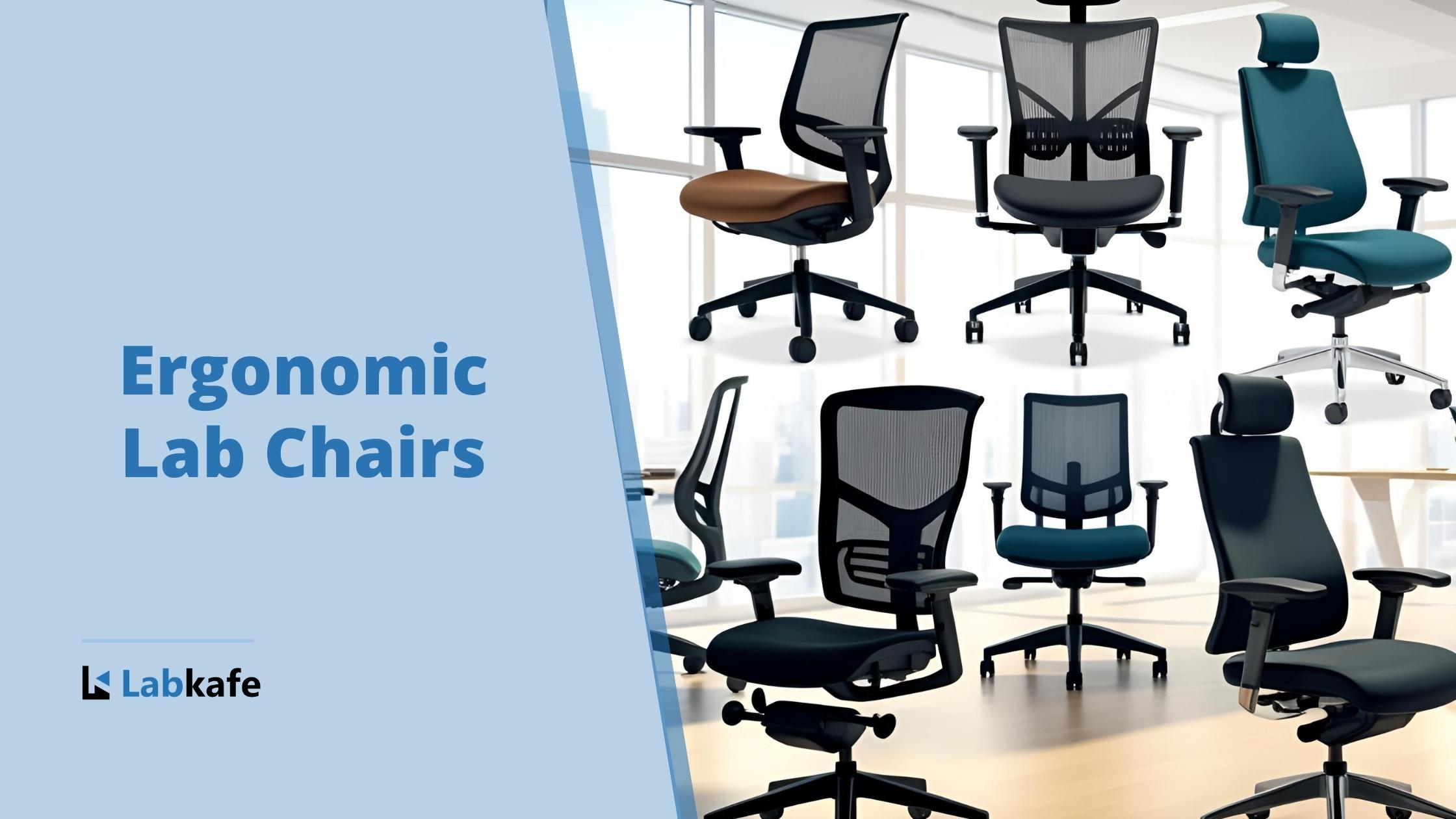






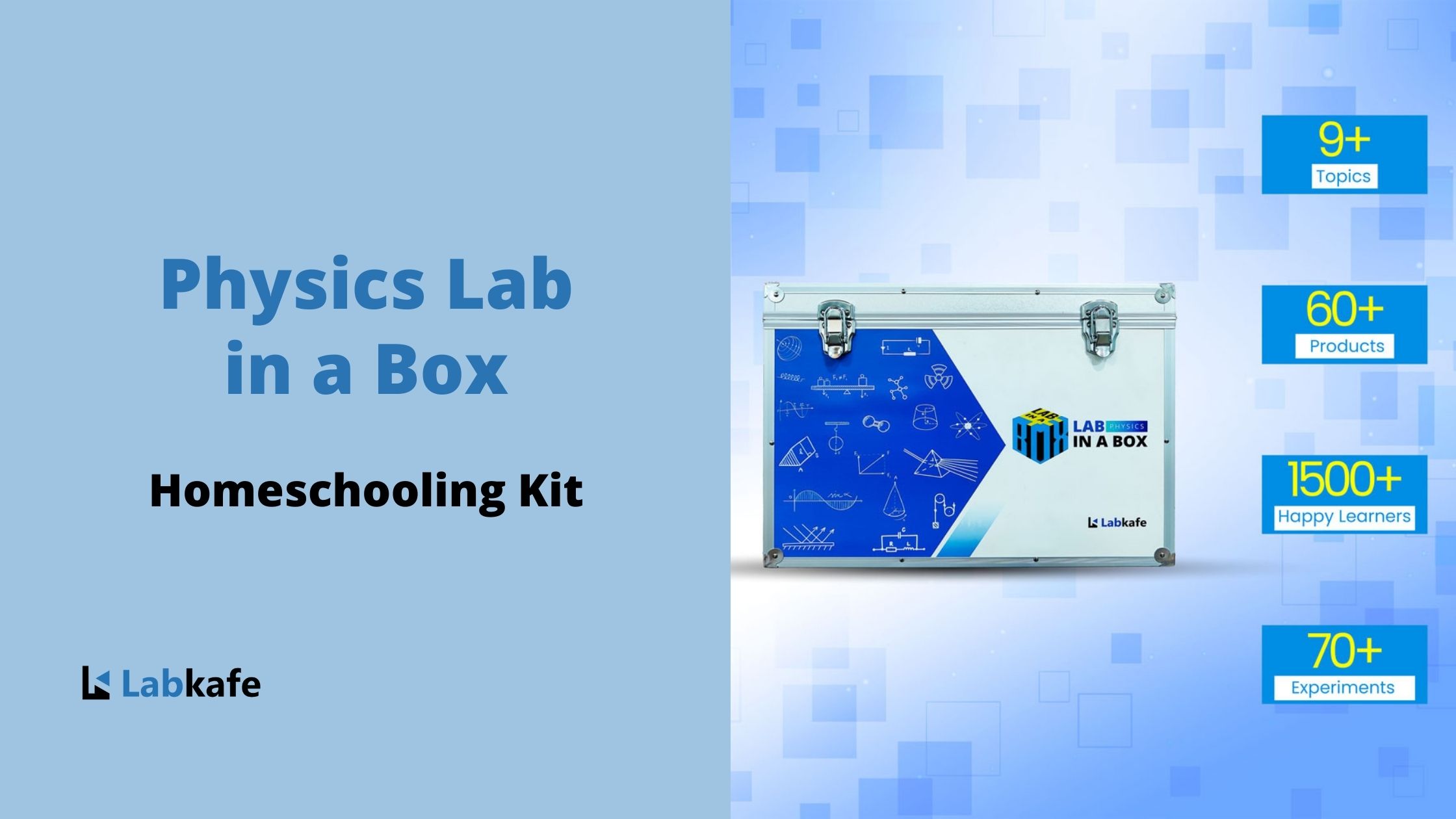
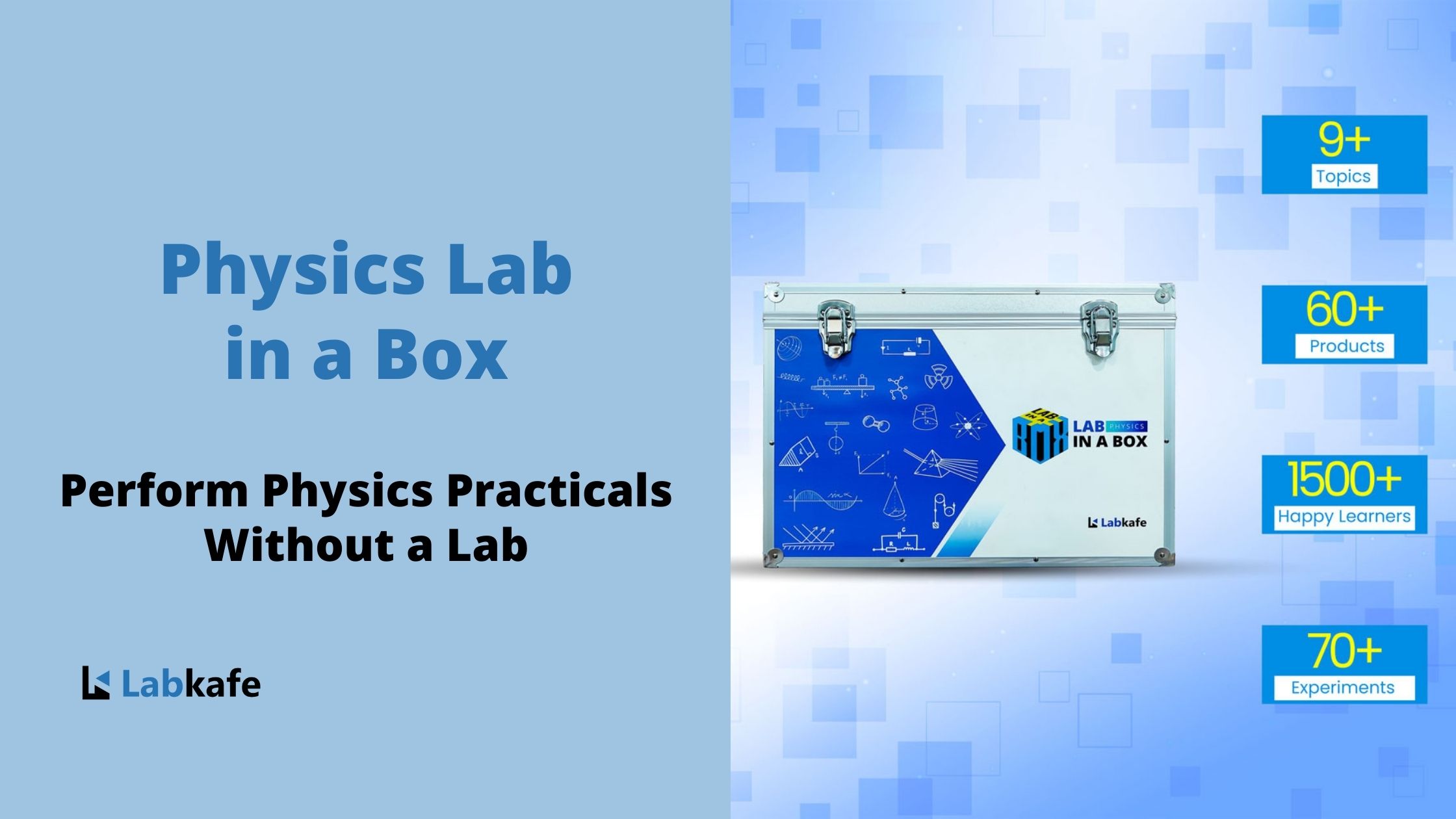

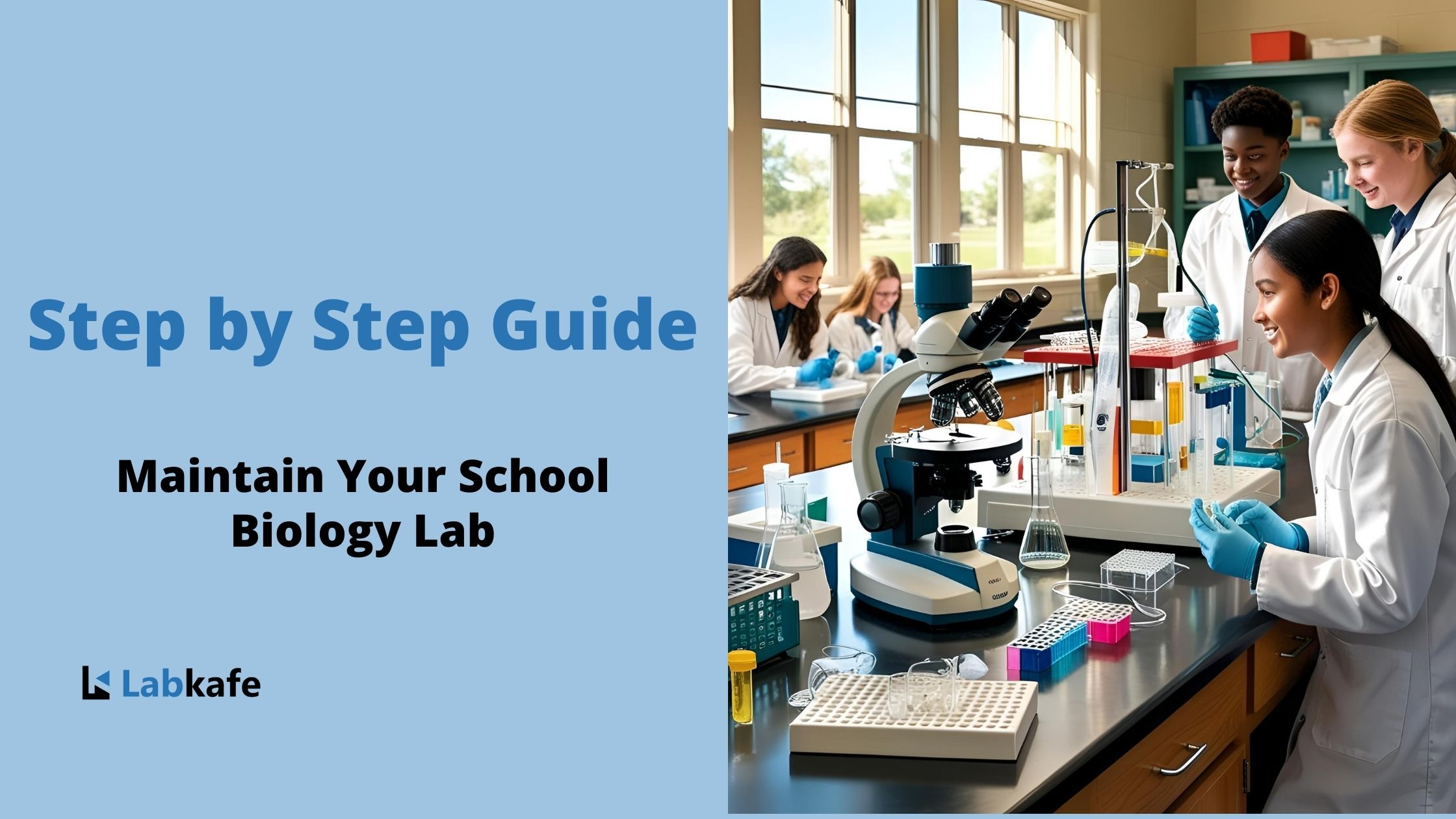
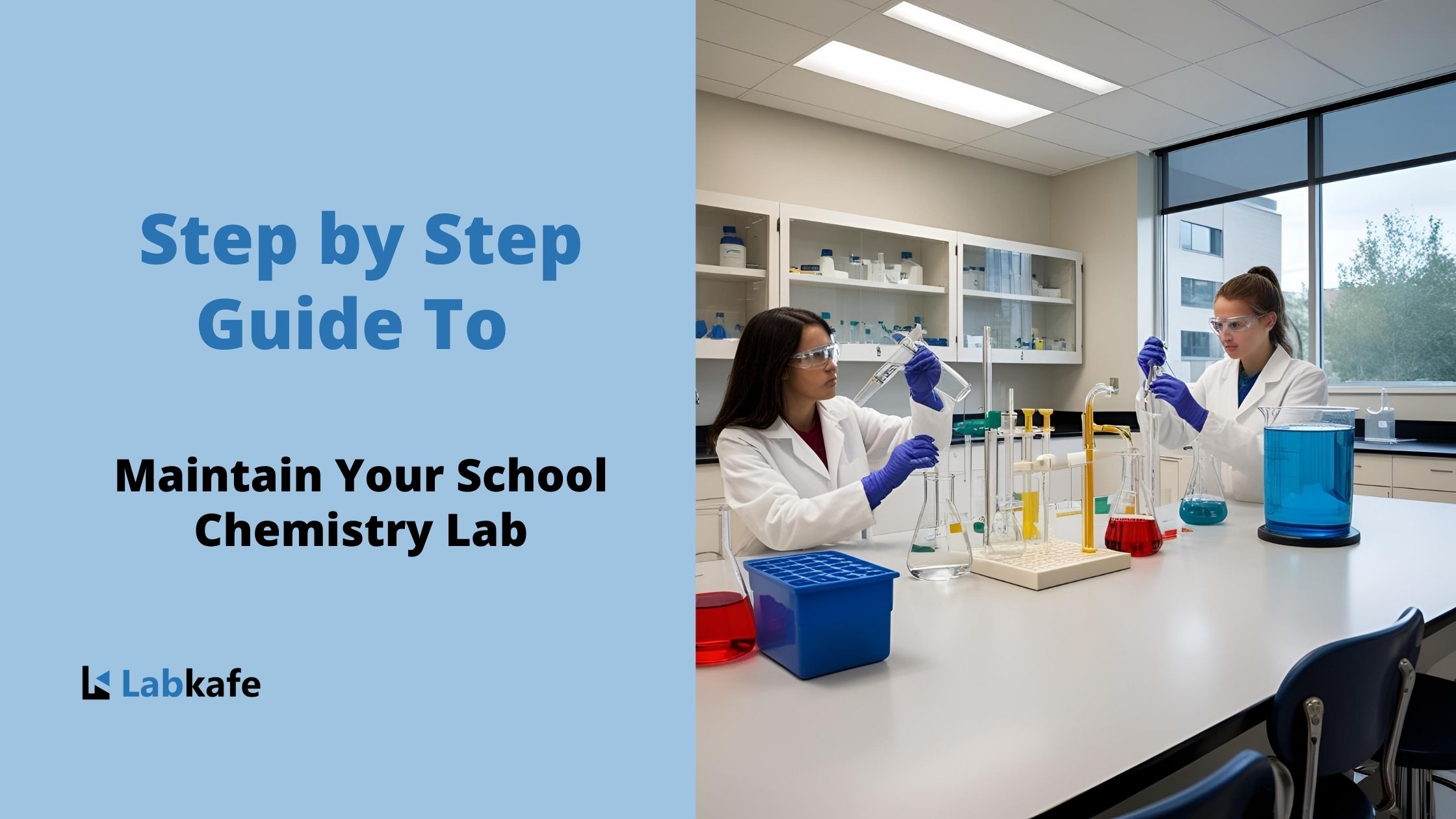
Leave a Reply